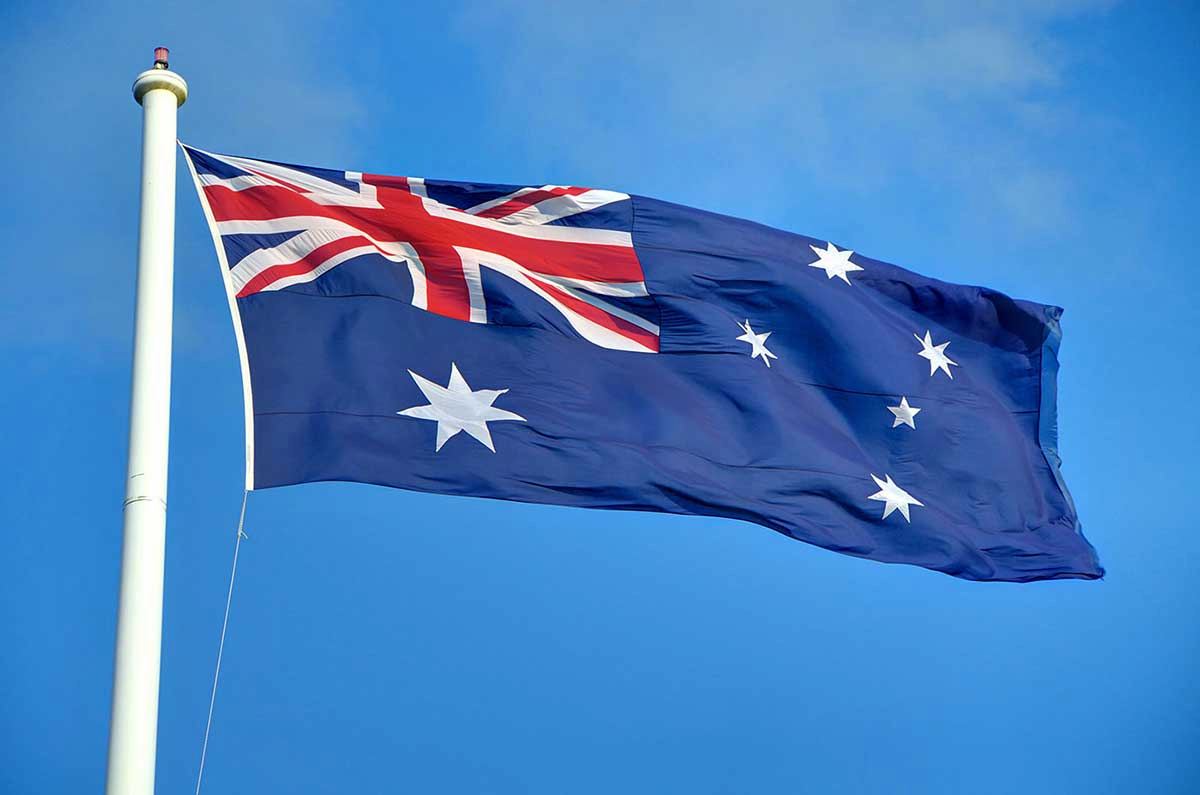Australia is gearing up for significant changes to its student visa application process, set to take effect from July 1, 2024. These updates are aimed at simplifying procedures and curbing ‘visa hopping’ among temporary visa holders. Whether you’re planning to study, work, or visit Australia, understanding these changes is paramount for navigating the visa landscape effectively. Unlocking Australia Student Visa Rules

Understanding the Changes
Commencing July 1, 2024, holders of specific visas, such as Visitor and Temporary Graduate visas, will no longer be eligible to apply for Student visas while residing in Australia. This policy shift is designed to ensure that individuals with a genuine intent to study in Australia apply for their student visa from offshore, outside Australia’s borders. Applications lodged within Australia before this date will continue to be processed under existing rules, offering a transition period for affected individuals. Unlocking Australia Student Visa Rules

Impact on Temporary Graduate Visa Holders
Temporary Graduate Visa (Subclass 485) holders are among those significantly affected by the new regulations. Previously, many graduates utilized this visa as a pathway to extend their stay in Australia. However, with the new rules, these individuals will need to reconsider their options upon completing their studies. The Australian government encourages temporary graduates to explore skilled job opportunities that could lead to employer-sponsored visas or permanent residency, aligning with Australia’s long-term economic and immigration goals. Unlocking Australia Student Visa Rules
Challenges and Opportunities for Visa Holders
The transition from temporary to permanent residency remains a key consideration for many visa holders affected by these changes. According to the Grattan Institute’s ‘Graduates in Limbo’ report, a significant portion of Temporary Graduate Visa holders opt to return to study when their visa expires, underscoring the complexities of Australia’s visa system and the diverse pathways available to individuals seeking to extend their stay.
Key Visa Subclasses Affected
Several visa subclasses are directly impacted by the new rules:
Subclass 485 (Temporary Graduate Visa):
Designed for international students who have recently graduated from an Australian educational institution.
Subclass 600 (Visitor Visa):
Allows individuals to visit Australia for tourism or business purposes.
Subclass 601 (Electronic Travel Authority):
Simplifies the process for short-term visits to Australia for tourism or business.
Subclass 602 (Medical Treatment Visa):
Facilitates travel to Australia for medical treatment.
Subclass 651 (Visitor Visa):
Enables individuals to visit Australia for short-term tourism or business purposes.
Subclass 988 (Maritime Crew Visa):
Designed for maritime crew members operating on vessels traveling to or from Australia.
Additionally, other visa subclasses restrict the ability to apply for a Student visa while in Australia, including:
- Subclass 403 (Temporary Work (International Relations)) – Domestic Worker (Diplomatic or Consular) Stream
- Subclass 995 (Diplomatic Temporary Visa) – Primary Visa Holders Only
Understanding these visa subclasses and their implications is essential for anyone planning to study or work in Australia under the new regulations.
Application Process and Requirements
Applying for a Student Visa from Offshore
Under the new rules, individuals intending to study in Australia must apply for their Student visa from outside the country. This process involves several critical steps:
Preparation:
Gather all necessary documentation, including proof of enrollment in a registered Australian educational institution, financial capacity, and health insurance coverage.
Online Application:
Complete the online application form available through the Department of Home Affairs website or via a registered migration agent.
Biometric Information:
Depending on your nationality, you may need to provide biometric information as part of the application process.
Health and Character Requirements:
Applicants must meet health and character requirements specified by the Australian government. This may involve medical examinations and police clearance certificates.
Visa Grant:
Upon approval, you will receive a notification of your visa grant and information on visa conditions, including entry and stay requirements.
Bridging Visas and Other Considerations
Unlike some visa types, Offshore Student visa applicants cannot receive a Bridging visa to remain in Australia while awaiting a decision on their application. It is essential to plan your travel and accommodation arrangements accordingly to comply with Australian immigration laws.

Educational Opportunities and Immigration Pathways
Australia offers a broad spectrum of educational opportunities across various fields and disciplines. students contribute significantly to Australia’s education sector and economy, enriching the cultural fabric of the country. For those aiming to pursue further studies or establish a career in Australia, understanding the available immigration pathways is crucial.
FAQs About Australia’s New Student Visa Rules
Who is affected by Australia’s new student visa rules?
Australia’s new rules primarily impact holders of certain visas like Visitor and Temporary Graduate visas who wish to apply for Student visas while residing in Australia.
When do Australia’s new student visa rules come into effect?
The new rules are scheduled to begin on July 1, 2024.
Can I apply for a Student visa from within Australia after July 1, 2024?
No, holders of specific visas, such as Temporary Graduate visas, will no longer be able to apply for Student visas within Australia under the new rules.
What visas are affected by the new rules?
Visa subclasses like Subclass 485 (Temporary Graduate Visa), Subclass 600 (Visitor Visa), and others mentioned in the guidelines restrict in-country applications for Student visas.
What are the key changes introduced by Australia’s new student visa rules?
The changes aim to streamline visa procedures and discourage ‘visa hopping’ among temporary visa holders, promoting offshore applications for Student visas.
Can I extend my stay in Australia with a Temporary Graduate Visa under the new rules?
Temporary Graduate Visa holders are encouraged to explore skilled job opportunities leading to employer-sponsored visas or permanent residency post-study.
How can I prepare to apply for a Student visa from offshore?
Preparation involves gathering documents like proof of enrollment, financial capacity, and health insurance, and completing an online application through the Department of Home Affairs or a registered migration agent.
What are the health and character requirements for a Student visa application?
Applicants must meet health standards and provide character clearance, including medical exams and police certificates.
Can I receive a Bridging visa while awaiting a decision on my Student visa application?
No, Offshore Student visa applicants cannot receive Bridging visas, necessitating careful travel and accommodation planning in compliance with Australian immigration laws.
What educational opportunities does Australia offer to international students?
Australia provides a wide range of educational opportunities across various disciplines, contributing significantly to its education sector and economy.
What are the pathways to permanent residency for international students in Australia?
Skilled job opportunities and employer-sponsored visas are pathways to permanent residency for international students in Australia.
How can I stay updated on changes to Australia’s visa policies?
Staying informed through official announcements and consulting registered migration agents or immigration lawyers for personalized advice is recommended.
What are the implications of Australia’s new student visa rules for international students?
International students must understand the changes in visa subclass eligibility and application processes to plan their studies and stays in Australia effectively.
Are there exemptions to the new rules for certain visa holders?
Exemptions may apply to specific visa subclasses and individual circumstances; consulting with migration experts can clarify eligibility and options.
How can I get expert advice on applying for a Student visa or work permit in Australia?
Contacting StudentVisaAustralia.com provides access to free expert advice on navigating Australia’s visa regulations for educational and career pursuits.
Conclusion: Australia’s new student visa regulations reflect its commitment to managing immigration in a manner that prioritizes national interests while maintaining a welcoming environment for international students and visitors. As regulations and policies evolve, staying informed and seeking expert advice are essential steps in navigating the visa application process successfully. For more information contact us now.

Disclaimer
The information provided in this comprehensive guide is based on current regulations and announcements from the Australian government. Visa policies can change, and individual circumstances may vary. It is advisable to consult with registered migration agents or immigration lawyers for personalized advice tailored to your specific situation.
Source: www.financialexpress.com
- Cost of MBA in Abroad: Detailed Guide for USA, UK, Australia, Europe, China, and Asia
- Australia’s New Rules for Temporary Graduate Visa Holders
- Navigating Australia’s Updated Student Visa Regulations: A Comprehensive Guide
- Australian Student Visa Financial Requirements Updated: What You Need to Know
Also read:
- British Columbia’s Latest Immigration Draw: July 3 Overview
- Explore Indonesia’s New Visa Policy for Indian Travelers
- Discovering China’s New Five-Year Visa Policy for Hong Kong and Macau Residents
- Unlocking Canada: New Lower CRS Scores for Skilled Workers’ Permanent Residency
- Streamlining Work Permits: Canada’s Move Away from ‘Flagpoling






